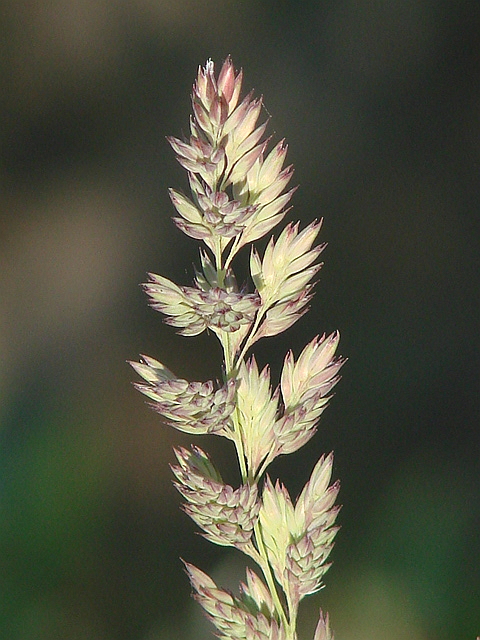Hosted by the University of Washington Herbarium, Burke Museum
Publication: Sp. Pl. 1: 55. 1753.
Origin: Introduced from Europe
Herbarium search: CPNWH
Notes: Flora PNW 2nd: "collections by D. Douglas (e Cascades along Columbia River), D. Lyall (WA Cascades), and others from before 1860 are apparently the native North American race, but inseparable morphologically from the invasive European intro race in our area used for rangeland improvement by ± 1885.".
FNA24: "Phalaris arundinacea is a circumboreal species, native to north temperate regions; it occurs, as an introduction, in the Southern Hemisphere. It grows in wet areas such as the edges of lakes, ponds, ditches, and creeks, often forming dense stands; in some areas it is a problematic weed. North American populations may be a mix of native strains, European strains, and agronomic cultivars (Merigliano and Lesica 1998).
The interpretation adopted here is that of Baldini (1995), who treated Phalaris arundinacea sensu stricto as the most widespread species in a complex of three species. The other two species are P. rotgesii (Husn.) Baldini, a diploid that is restricted to France and Italy, and P. caesia Nees, a hexaploid that grows in southern Europe, western Asia, and eastern to southern Africa. Phalaris rotgesii has glumes 2-3.8 mm long, sterile florets 1-1.5 mm long, bisexual florets 2-3 mm long, and anthers about 2 mm long. The corresponding measurements for P. caesia are 6-7 mm, about 2.5 mm, 4-5 mm, and 3.5-4 mm, respectively. Other taxonomists have included P. rotgesii
Last updated 6/5/2020 by David Giblin.

